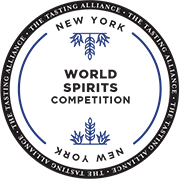category
Midleton Distillery Named Most Awarded Distillery of The Tasting Alliance 2025 Competition Season
Midleton Distillery has been named The Tasting Alliance’s Most Awarded Distillery of the 2025 competition season, a distinction that reflects extraordinary performance across its Irish whiskey portfolio.



















